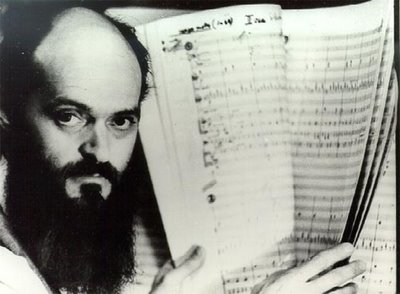The essence of The Secret Sunday, October 29, 2006 |
Well, I keep being reminded of The Law of Attraction around here (in a small hippie town on the US West Coast, which incidentally reminds me that it would be nice to live in a larger city where more people are a little more sophisticated...!)
Apart from anything else that can be said about the law of attraction, the essence of it seems to be this:
One want: Spirit
There is one want behind all our diverse wants, and that is Spirit.
Or more accurately, it is the happiness, contentment, abundance, sense of coming home and freedom from circumstances and suffering that comes from shifting the center of gravity into the Witness, from tasting Oneness, and finally to realize selflessness.
And this Spirit, as Ground of seeing and seen absent of any I anywhere, is always here now. Indeed, what is experienced as a separate I is Spirit itself temporarily mistaking itself for a segment of itself.
All the many wants of Spirit boils down to one: for it to remember itself, who it really, already and always is. The Ground of seeing and seen, of experiencing and experiencer, absent of I anywhere. The Big Mind beyond and including all and any polarities. The emptiness that is form, and form that is emptiness. The freedom from form that is the fullness of form. The emptiness full of the whole world.
Unraveling wants, and notice what I want right here
For me, I see I have a huge diversity of wants and wishes, and when I explore these I find that each one leads to the same essential wants: happiness, and freedom from suffering.
And is it true that this is not already here? When I look for it, I can find it in the wakeful clarity that is always here, independent of an unstained by the always shifting content of experiences.
By noticing this, over and over, I can become more familiar with it. From being more in the background, often unnoticed, it can shift more into the foreground. I can notice it, independent of whatever else is going on. I can find myself as it, then as the oneness of seeing and seen, then as seeing and seen already absent of any I anywhere.
Labels: spirit



